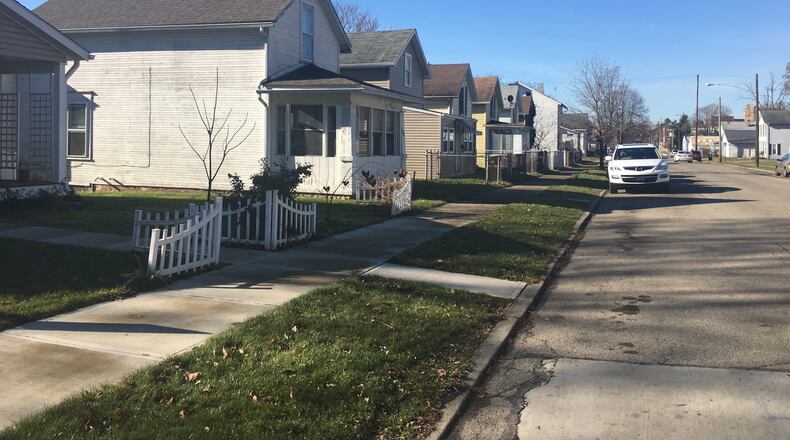That includes diversifying as well as adding to available housing stock in the county, fostering more development of new homes and the redevelopment of old ones as well as preexisting buildings that can be converted to apartments and lofts.
MORE: Coronavirus: 34,566 total cases, 2,131 deaths reported in Ohio
One of the tasks of the housing consortium could be to look at existing zoning and rules in the county and what can be done to make them more conducive to current housing needs, said Marcia Bailey, the director of the Champaign Economic Partnership. That includes also focusing on multi-family housing options, instead of just on single family homes.
“We want development to occur where there is available or nearby infrastructure. We are an agricultural community and we want to be able to preserve agricultural land as well,” Bailey previously told the News-Sun.
A point she said they will continue to focus on.
Efforts to boost the local housing market were temporarily put on hold due to the ongoing COVID-19 pandemic. However, Bailey said they are looking to hold conversations next month and hope to have the housing consortium up and running in the near future.
This follows a series of discussions held in the beginning of the year that went over some of the findings of the comprehensive housing study, which was conducted by the Greater Ohio Policy Center.
That organization, according to its website, “is focused on improving the communities of Ohio through growth strategies and research.
Bailey said that she wanted to continue having those conversations as housing is an issue that will not soon go away. She said that having available housing stock and looking at ways to grow the population is key to economic development in the county.
The News-Sun previously reported that lower housing stock, coupled with high demand has led to a continued stable market in the area even during the pandemic.
MORE: United Senior Services start new grocery delivery service
The study commissioned by the Champaign Economic Partnership looked at common housing challenges in the city of Urbana as well as the villages of Mechanicsburg, North Lewisburg and St. Paris. It also compared municipalities in the county to others in the state that are tackling similar problems such as having aging housing stock, a fair amount of blighted properties and limited land for new housing developments.
In Champaign County, it was noted that 75% of homes there were built before 1990, according to the Greater Ohio Policy Center
Additionally, there has been a total of 324 permits filed in the county since 2010 for the construction of single family homes.
It was also found that about 80% of new home construction since 2010 has occurred outside municipal boundaries in the county.
“It can be within a township or another unincorporated territory,” said Maria Walliser-Wejebe, a research associate with the policy center, earlier this year.
The study cost about $40,000 and came from funds set aside by the Champaign County Commissioners that are to be used for economic development. In addition, the analysis offered a total of 22 recommendations that followed six main themes.
The recommendations fell into the categories of prioritizing down towns and main streets, ensuring that local governments are strong partners to development, protecting existing housing stock and preventing it from declining, having creative financing and funding strategies and maintaining affordability.
About the Author
